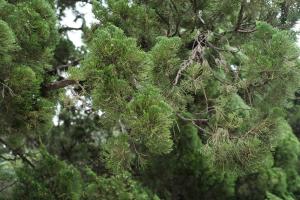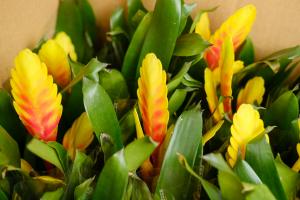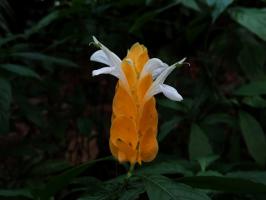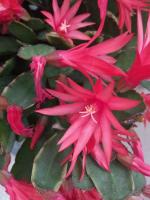1、 Curing method
1. Temperature: Buddha lotus likes to be warm, try to be between 25-28 ℃. However, this is the most suitable temperature during the day. At night, it's better to be a little lower. Its adaptability to high temperature and low temperature is not very good, so it needs to be adjusted. Not higher than 32 ℃ and not lower than 5 ℃

2. Light: Buddha lotus is a kind of plant that likes light very much. Only when it provides good light, its leaves will become thicker, with better color and more beautiful plant type. Therefore, in its growth period, it needs to be placed in the sunny position, and too strong light needs to be shielded. In summer, it is best to shade because it is in a dormant state

3. Watering: Buddha lotus doesn't need much water. In its growing season, it can wait until the substrate is dry before replenishing water, and it needs to be watered thoroughly, but it must not accumulate water, otherwise it is easy to rot

4. Fertilization: the demand for fertilizer is not too much. It can only be used in spring and autumn. Generally speaking, it is once every 20 days. Compound fertilizer can be used, with emphasis on phosphorus and potassium fertilizer

2、 Breeding skills
1. Propagation: because the leaves of lotus Buddha are very thick, it is more appropriate to use the leaves as the propagation material, that is, the way of cutting. Choose appropriate leaves and a fertile and breathable substrate. Insert the leaves into them, then water them inside, and ensure that the surrounding temperature is appropriate

2. Change basin: it's more appropriate to change it once a year. If not, it's best to loosen the soil, which is conducive to the growth of the whole year. Perlite and vermiculite can be prepared in spring, and perlite and vermiculite can be used for replacement. Just after changing the soil on the basin, there should be no strong light, and it should be placed in a place with low temperature

3、 Problem diagnosis and treatment
1. Diseases: mainly the "leaf spot" and "anthrax" that harm the leaves, which can be treated with chlorothalonil. At the same time, the surrounding fallen leaves and infected leaves need to be cleaned up. In addition, an appropriate amount of phosphorus and potassium fertilizer must be used

2. Insect pests: there may be "red spider" and "aphid", with a large number, which can be sprayed with insecticide

4、 Other issues
1. Toxicity: Guanyin lotus is a kind of succulent, it is non-toxic, and it can absorb indoor harmful gases

2. Whether it can be raised at home: Guanyin lotus is also succulent, which is more suitable for viewing at home< a>


 how many times do yo...
how many times do yo... how many planted tre...
how many planted tre... how many pine trees ...
how many pine trees ... how many pecan trees...
how many pecan trees... how many plants comp...
how many plants comp... how many plants can ...
how many plants can ... how many plants and ...
how many plants and ... how many pepper plan...
how many pepper plan...

































